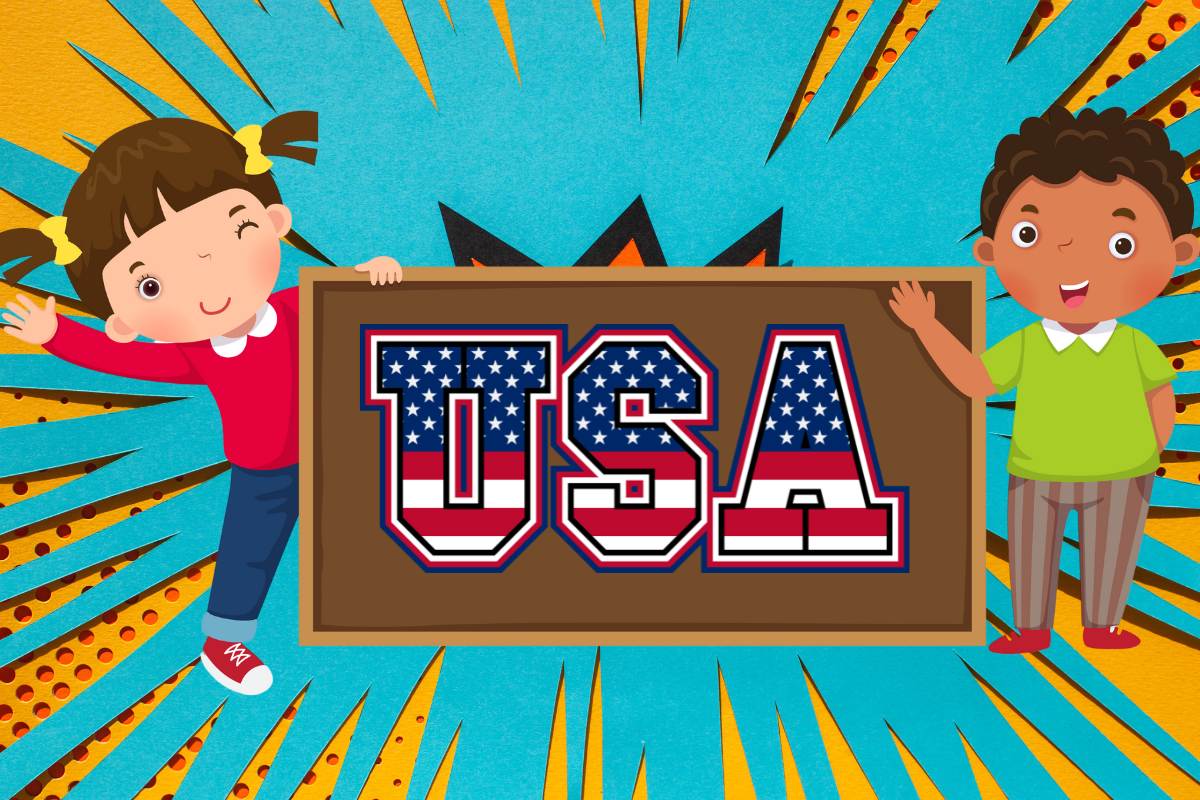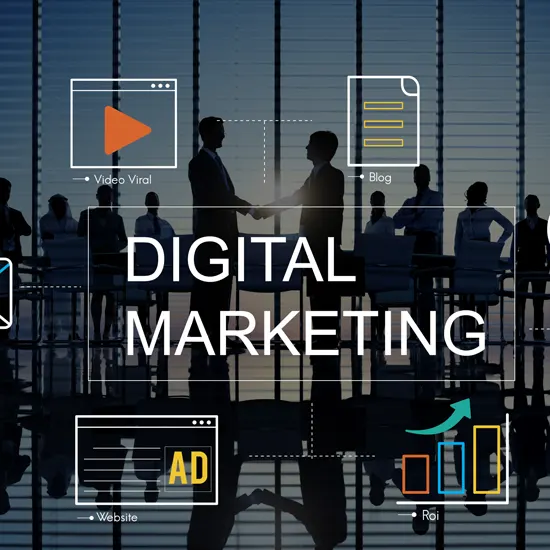Typography in motion stands at the confluence of design and animation, a dynamic force that breathes life into static text, transforming it into an engaging, interactive experience. This form of animation has become a cornerstone in the digital landscape, offering a unique way to capture attention, convey messages, and enhance storytelling. Through the fluid dance of letters and words, typography in motion transcends the traditional boundaries of written communication, turning simple messages into immersive visual spectacles.
The Essence of Typography in Motion
At its core, motion typography melds the art of arranging type to make written language legible, readable, and appealing with animation’s fluidity and expressive potential. This synergy allows designers to craft narratives that leap off the page, inviting viewers into a world where text is not just read but experienced. Through dynamic movement and expressive typography, stories unfold in captivating ways, engaging audiences deeper into immersion and connection.
Historical Context and Evolution
The journey of typography in motion traces back to the early days of cinema. Title sequences began employing moving text to captivate audiences. From these humble beginnings, the craft has evolved, propelled by advancements in digital technology and animation software, into a versatile tool for communication and art. Today, typography in motion seamlessly integrates with various digital platforms, enriching storytelling and branding across diverse media landscapes.
The Role in Digital Media
In today’s digital age, typography in motion is ubiquitous. It’s found everywhere, from the captivating title sequences of films and TV shows to interactive websites and mobile apps. Its presence in advertising and branding is particularly noteworthy, offering a compelling way to grab consumer attention in a crowded digital landscape.
Techniques and Tools
Creating engaging typography in motion involves blending traditional typographic principles and modern animation techniques. Designers utilize various tools, from Adobe After Effects to Cinema 4D, to bring their typographic visions to life.
Key Animation Techniques
- Kinetic Typography: This technique animates text to move and change over time, expressing emotion or emphasizing particular messages.
- Particle Typography: Uses simulation effects to create text from particles, lending a sense of organic movement to the type.
- 3D Typography: Adds depth and volume to text, offering a more immersive experience.
Application in Storytelling and Branding
Typography in motion has the unique ability to enhance storytelling, adding depth and emotion to narratives. In branding, it serves as a powerful tool to establish identity and connect with audiences on a more profound level. Its dynamic nature captivates attention, making brands memorable and fostering stronger emotional connections with consumers. Despite its modest origins, the craft has flourished thanks to developments in digital technology and animation software, becoming a multipurpose medium for expression and communication. Today, typography in motion seamlessly integrates with various digital platforms, enriching storytelling and branding across diverse media landscapes.
Enhancing Emotional Impact
Typography in motion influences emotional responses, crucial for filmmakers, marketers, and designers. It sets tones, evokes moods, and enhances storytelling. Dynamic typography enhances brand identity and recall, creating memorable experiences for consumers. It captivates attention, reinforces messaging, and fosters brand loyalty. Designers leverage animated text to stand out in the digital landscape, capturing attention and driving engagement. Dynamic typography reinforces brand recognition and strengthens connections with audiences.
Brand Identity and Recall
Animated logos and slogans, crafted with typography in motion, leave lasting impressions, enhancing brand recall. This dynamic form of typography allows brands to stand out in a digital age where standing still is akin to being invisible.
Collaborating for Compelling
In the realm of typography in motion, creating compelling content often requires collaboration with experts specializing in animated videos. Such production services for animated videos bring together talented animators and designers who understand how to harness the power of moving text. Whether it’s to tell stories, convey messages, or create memorable brand experiences. Businesses and creatives can elevate their projects by partnering with these professionals, ensuring their messages reach and resonate with their intended audience.
The Future of Typography in Motion
As technology continues to advance, the potential for typography in motion grows. Virtual and augmented reality offer new canvases for this art form, promising even more immersive and interactive experiences. The future of typography in motion is boundless, poised to redefine our interaction with text in the digital age. With the advent of AI and machine learning, we can anticipate even more personalized and engaging typographic experiences. We can push the boundaries of creativity and communication in the digital realm.
Conclusion
It is more than just animated text. It’s a compelling blend of art and technology that offers endless possibilities for creativity and communication. As we move forward, the importance of typography in digital media, storytelling, and branding will only increase, cementing its role as a vital tool in the designer’s toolkit. The power of typography animation lies in its ability to turn ordinary text into extraordinary experiences, and its future is as exciting as it is limitless.



